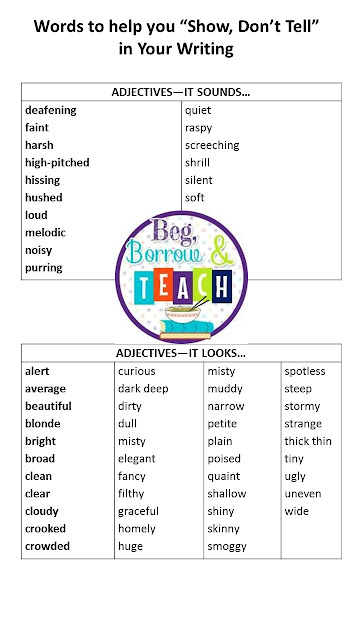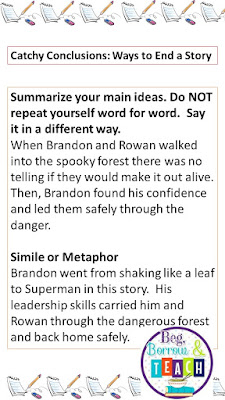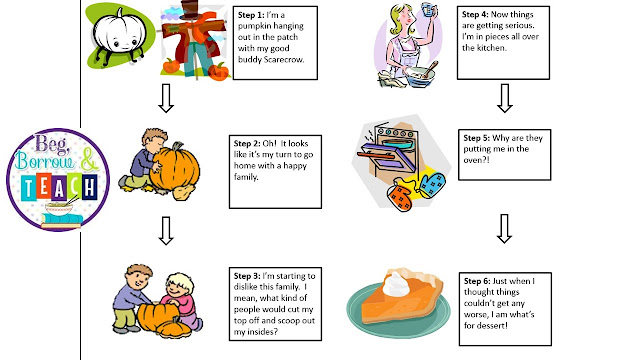Does the mere mention of the Science Fair raise your blood pressure? Do you wish there was a way to simplify the process while keeping it fun? Then this post is for you!
This is my first year as a middle school science teacher where my students have been required to participate in the science fair. Along the way, I've picked up some handy resources that I wanted to share with any of you who are also taking this journey into the world of the Scientific Method.
First of all, let me introduce a wonderful website: Science Buddies. This is a completely FREE website. No need to create an account, either.
I
f a student truly has no idea what topic/project they'd like to pursue:
They can click the "Find a Project Idea" button in the middle of the main page. This will have them take a short quiz about their interests and hobbies, from which the website creates an extensive list of projects that match the student's answers.
What if the student already has a topic that interests them?
Then simply type the topic in the search box at the top of the screen. The website will produce a list of projects involving your topic.
Easy, peasy!
The following are some criteria I use to help students narrow down their search. The project must:
Not be too expensive (no more than $50 without parent permission)
If it includes humans or animals, extra consent/permission forms are required
Be a real-world problem that can be solved (no demonstrations or "How-To" projects)
Not include substances or items that are against school policy (weapons, drugs, etc.)
Be something that can be done within the school year (about a 3-4 month period)
Be approved by a parent (with a signature)
The student has chosen a project. Now what?
They need to do research on the topic and find out what information already exists.
I have students find 3 sources: 1 print and 2 websites. This will be made easier if one of the websites is Sciencebuddies.
I then have them use this
free bibliography/works cited generator website. They can copy and paste the results into a Word or Google Doc.
Once the sources are cited, I have students write a 4-6 sentence paragraph on what they learned while doing the research.
After the research, students begin the process of writing the rough draft of their report.
Graphic organizers are the best and easiest way I've found to start this process.
For primary students, this organizer will help them begin to collect data.
This foldable is a good graphic organizer for older students or introduction to the scientific method for younger students.
It includes:
~Directions on how to cut, fold, and glue the foldable.
~The 6 steps to the Scientific Method (Problem, Hypothesis, Experiment, Observation, Results, Conclusion).
~Brief explanations of each step to guide students in their thinking.
~Space for students to write their thinking for each of the steps.
For secondary students, this organizer includes more details and steps of the Scientific Method.
This organizer helps students prepare for writing a final report for either a traditional experiment or the science fair. It includes the following sections to be filled in by the student as they progress in the experiment:
~Problem
~Hypothesis
~Materials
~Variables
~Procedures
~Data Collection
~Results
~Conclusion
After the experiment is done, students type the report from the graphic organizer in a formal way and create the display board.
This year, I'm having students use Google Slides instead of the traditional display boards. This is less cost-prohibitive and it can be typed, saved, and shared much more easily through Google Drive.
Since this is my first year doing the Science Fair with middle-schoolers, I need all the help I can get! If you'd be willing to share some of your favorite resources for the Scientific Method/Science Fair, I'd be so grateful!


























